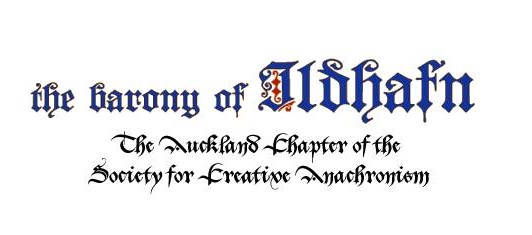Date:
Early 16th century (c. 1520)
Description:
“Brounswycke” is a stately instrumental piece found in Renaissance dance and consort music collections. The name likely refers to Brunswick (Braunschweig), a historical German duchy, hinting at its continental influence or origin. It’s commonly performed as a processional or pavane-like piece, with a steady duple meter and a noble, measured character suitable for ceremonial or courtly contexts.
Discussion:
Appearing in sources such as the Fitzwilliam Virginal Book and various consort collections, Brounswycke exemplifies the style of Renaissance instrumental music written for viols, lutes, or keyboard. The tune is simple yet elegant, often harmonized in four parts and performed by consorts or wind bands. It is especially popular in reenactment and historical dance circles for its solemn, grounded feel.
Composer:
Anonymous (possibly German or English origin)
Arranged by:
Originally for instrumental consort; modern editions arranged for:
- SATB viols or recorders
- Lute ensemble
- Keyboard solo
- Brass quartet or wind band
The arrangement we use is by Joseph Casazza
Sheet Music:
Available through early music publishers, IMSLP, and anthologies of Renaissance consort music (e.g., Renaissance Dances, Musica Antiqua collections)
The arrangement we use is available here as a pdf, or musescore file
Parts:
Typically SATB for instrumental consort (viol, recorder, or mixed ensemble)
Keyboard/lute solo versions also available
Type:
Instrumental Dance / Processional
Language:
Instrumental (no text)
Ranges:
(In SATB consort arrangement)
- Soprano: D4 – G5
- Alto: A3 – D5
- Tenor: C3 – A4
- Bass: F2 – D4
Advice for beginners:
A very accessible piece for introducing Renaissance consort playing. Its slow tempo and predictable phrasing allow players to focus on blend, tuning, and ensemble coordination. Beginners should listen for the harmonic rhythm and keep the tempo even, aiming for a regal but not dragging feel. Great for recorder groups, viol consorts, and period-style ensembles.
Sound Files:
Here are some sound files for reference. All parts, soprano, alto, tenor, bass
